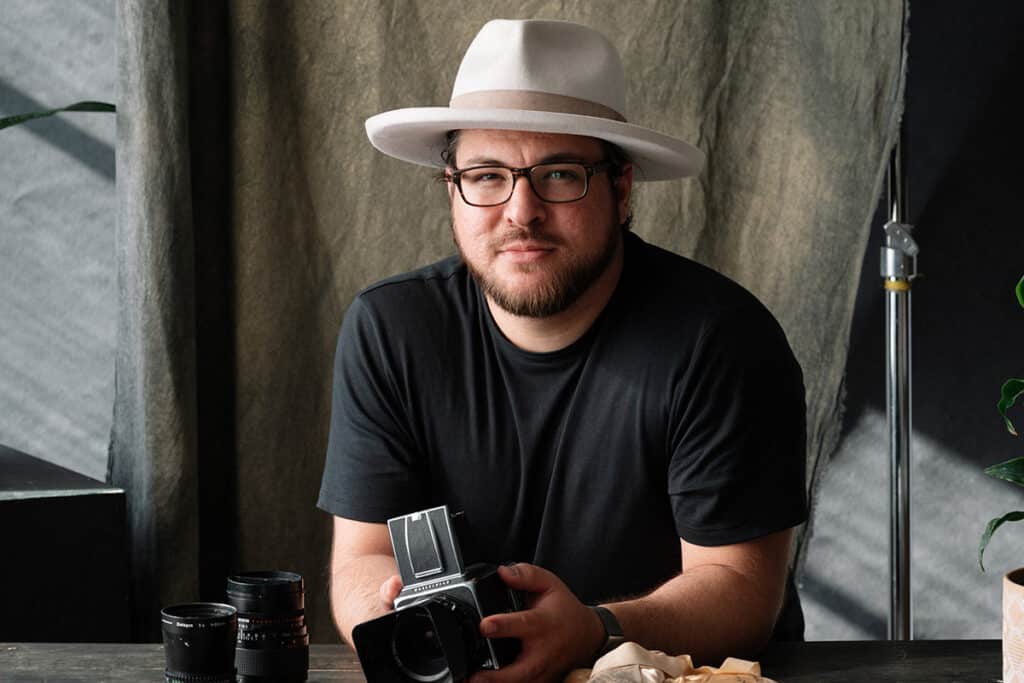
by Michelle Vasquez | Photography by David Teran
Given that less than 4% of Texas land is publicly owned, green spaces are paramount. The Great Springs Project (GSP), a 501(c)(3) organization, aims to conserve the landscape between Austin and San Antonio. They are creating over 100 miles of trails and open spaces connecting the Barton, San Marcos, Comal, and San Antonio Springs. The effort will protect our aquifers and provide access to parks, trails, and other outdoor spaces as the region develops. The role of the GSP is to purchase and facilitate land conservation, connect partner resources, and facilitate planning and collaboration for the community, local governments, and interested parties.
Collaboration is a key theme that emerges as critical for the success of the initiative. Beyond its core mission, the GSP aims to strengthen connections and elevate its project partners by working with municipalities, government, engineers, community stakeholders, donors, board members, and others. It takes a village to launch and execute a project of this scale. Of course, women are behind the scenes advancing the mission in various capacities directly and indirectly.
As a part of the GSP, Emma Lindrose-Siegel, the Chief Development Officer, leads the group in funding the project. April Ancira, Vice President of Ancira Auto Group, serves on the board, aligning interests and rallying support for the initiative. Lorena Carter, a civil engineer with expertise in designing trails, is employed by Bain Medina Bain (BMB), a 64-year-old civil engineering company. She works closely with her teammates on public projects.
While Lorena operates outside the direct scope of the GSP, there is a clear intersection of missions. The results of her projects overlap with the GSP’s work, so they collaborate as partners.
As with any project, money is mission-critical, and no one knows this better than Emma, who ensures the funds are there when needed. She accomplishes her job with purpose. “The springs are why people settled here and why life is possible. It’s important to conserve the iconic hill country vistas and preserve the Edwards Aquifer recharge and contributing zones.”
When asked what inspires her about the GSP, Emma talks about how her two sons will use the trail as teenagers. “Among many reasons, I’m doing this work for my family and children. It’s an honor to have an opportunity to be part of an effort to protect this land for future generations.”
An avid triathlete enthusiast, April Ancira was motivated to join the GSP as a board member. “When I heard that they would turn 100 miles into a trail, I was in!” April conveyed that the project is a great way to connect people to our incredible city, protect our aquifers, and get people outdoors while paving the way for economic development. As a connector, she bridges interests and actions by helping to advocate for the project.
April has faced her fair share of challenges. While participating in an Ironman race, another athlete accidentally grabbed her goggles at the beginning of the swim. She was forced to swim with her eyes closed, swimming by feel, and in doing so, reached one of her peak performances. This type of ingenuity and persistence is what makes her an influential board member. “I am pumped up to work on something that will profoundly impact generations to come. It is a once-in-a-lifetime project.” One senses her commitment to getting other community members to join her in the mission to advance the vision.
“Communication is essential with a project that revolves heavily around working with the general public, media, local municipalities, state governments, landowners, donors, companies, and foundations. The idea is to understand what’s important to stakeholders and align interests and resources,” says April. Her ability to problem-solve and communicate partnership benefits is a true gift. She has talked to countless groups, each one being different, with unique priorities like preservation, economic development, timing, and money.
As a strategic community partner, Lorena Carter is no stranger to success in a male-dominated industry. “As a civil engineer, we build what you use for everyday life,” she says. A specialist in trail building, Lorena is instrumental in the success of creating green spaces that serve those who use them, and the devil is in the details. To make the vision a reality, Lorena initiates a trail project by taking walks in the natural area to visualize the trail. She coordinates with her in-house and city teams to imagine the path.
In her meticulous approach, Lorena walks through the natural terrain, examining the contours of the land, identifying areas for utilities needed for a trailhead, and assessing the flood plains. After they walk the ground, they estimate, plan, create specifications, and come up with the costs. “It’s a lot of planning, coordinating, and seeing how things play out,” she says.
Given the level of public involvement in such projects, cross-collaboration is critical. “We present to the city and share what needs to get done to further progress,” Lorena says. Her stakeholders, both individual and governmental, are deeply engaged in the process.
One of Lorena’s favorite aspects of working on this project is the impact on the community and the opportunity for future generations to enjoy the trails. In her opinion, the trails provide an excellent resource for people to socialize with family and can contribute to improved health and well-being.
Though Lorena is a trailblazer in her own right, she doesn’t see herself that way. “I love to help people. Showing or telling someone how a trail comes to be keeps me doing what I’m doing. If I can help in any way, that’s what I do. I’m a helper,” she says modestly.
As a role model and mentor for STEM, she has sage advice for those who want to follow in her footsteps. She reminds aspiring engineers that “it is not easy, but God doesn’t give you anything you can’t handle. Just remember, if you want to do something, go for it, and if you fall, get back up and focus on the end goal.” As a successful civic partner, Lorena knows that resilience is the key.
Undertaking public projects for green spaces demands unwavering dedication and tenacity. Numerous individuals and entities like city governments, counties, municipalities, and others work on adjacent projects for 30-40 years. In comparison, the GSP, in conjunction with its partners, will complete the initiative in 2036 to celebrate the Texas Bicentennial.
A single donor or stakeholder doesn’t drive success; it’s a collaborative partnership. Since 2019, the GSP is proud to report that one-third of the trails are complete, one-third are in the planning process, and 5,000 acres have been conserved.




